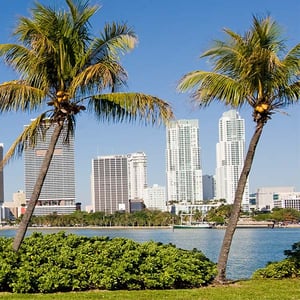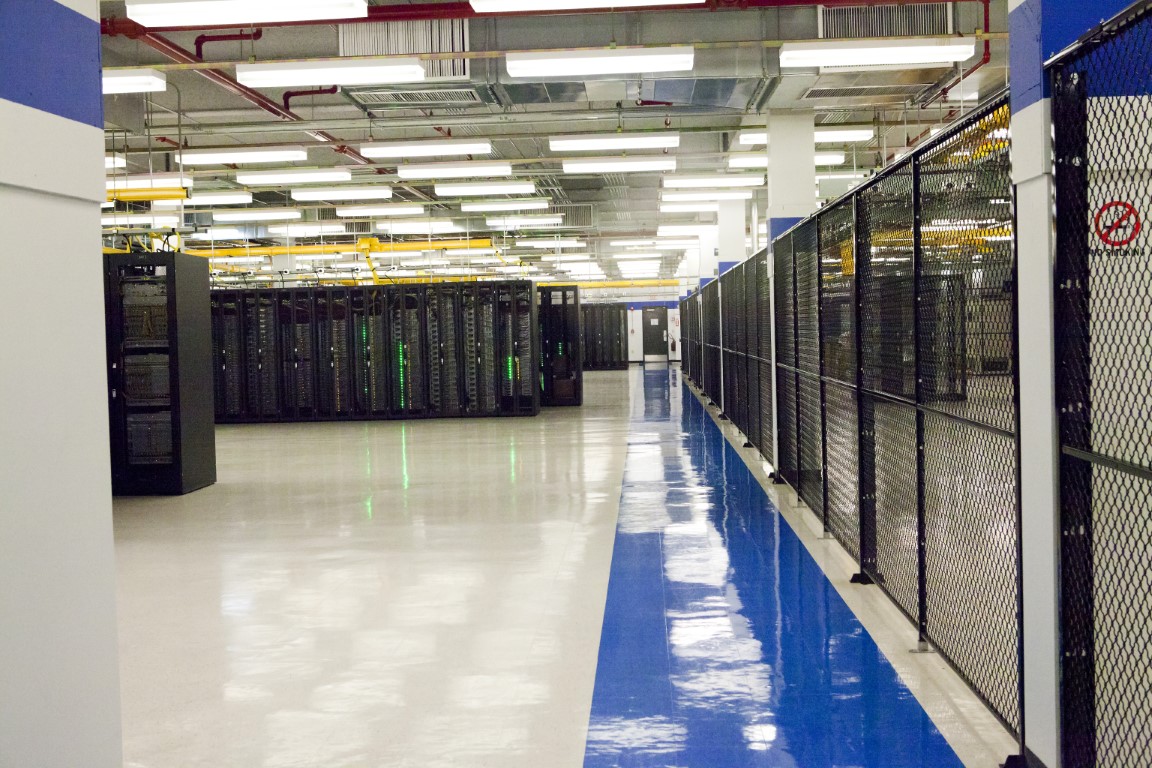
Why a Miami Data Center is Good for Business
Miami has a lot to offer, and it is not just great night life and white sand beaches. The city is a major international hub for business and technology. In 2021, Florida welcomed more technology companies than any other state in the U.S., with many of these organizations settling in Miami. Other industries, including financial services, are also growing rapidly within the city. Miami’s Brickell financial center, nicknamed “Wall Street South,” is the second largest international banking hub in America.
Businesses are flocking to Miami for many reasons. The city’s investments in technology, communication and transportation infrastructure, and business incentives are attracting companies from across the globe.
Subsea Connectivity to Latin America, the Caribbean and Europe
Miami’s location on the coastal southernmost tip of the Florida peninsula positions it as a gateway to Latin American, the Caribbean and Europe. Latin America’s strong economy, which is largely based in finance and the exportation of agricultural products and energy resources. As the closest U.S. deep water port to the Panama Canal, Port Miami offers easy trade access to the Latin American and Caribbean markets. Miami also operates the busiest cruise port in the world, adding to its tourism. U.S. and international companies have established headquarters in Miami to access the U.S. and Latin American markets.

Robust Edge Connectivity
Location isn’t the only reason Miami is a global market power player. The ability to connect to content providers, networks and internet service providers (ISP) is critical to enable businesses to communicate with their customers, partners, remote offices and other stakeholders. Miami’s robust communication infrastructure supports these needs. However, simply having a connection is not enough in today’s business landscape. As end users and businesses increasingly rely on mobile devices, the Internet of Things (IoT), artificial intelligence (AI) and data analytics, the amount of data being created and consumed continues to surge – as does demand for real-time data processing. This requires businesses to establish their IT infrastructure close to end users and major operations centers to minimize latency.
Miami’s physical location, combined with its robust communication infrastructure, provides this low-latency connectivity to southern and western locations, enabling data to be transferred between networks to link businesses and end users and deliver data without unnecessary lags.
Miami is also a termination point for subsea cabling that connects the U.S. to South America, offering secure, ultra-low-latency connections to global markets. The city also boasts one of the world’s largest connection points, the Network Access Point (NAP) of the Americas (NOTA). This facility enables carriers to peer and exchange traffic and offers easy access to Latin America, the Caribbean and Europe.
Transportation Infrastructure and Incentives
Miami’s transportation infrastructure adds to its competitive edge. Miami International Airport (MIA) serves about 150 global destinations and more than 50 million passengers yearly, making it one of the busiest U.S. airports. Not surprisingly, the airport offers more flights to Latin America and the Caribbean than any other U.S. airport.
Additionally, Miami offers some business incentives that attract organizations to the area, including its low taxes. Floridians pay no personal income taxes, and businesses pay no inventory or unitary taxes. The state’s 5.5% corporate income tax rate is also relatively low compared to other states, and businesses can leverage several sales tax exemptions for additional savings. Miami-Dade County is also home to four foreign trade zones (FTZ), allowing businesses within an FTZ to accept, store and export products duty free.
Florida’s Smart Cities Investments
Miami, and other cities within Miami-Dade county, continue to embrace technology and invest in digital resources, including smart city capabilities that elevate quality of life. Smart cities utilize Internet of Things (IoT) sensors, cameras, smart city poles and other technologies to track traffic conditions, monitor air and water quality, and address other issues under the city’s purview. The real-time and aggregated data captured allows cities to regulate traffic flow, control emissions, improve public safety and more.
Miami is also building the Underline, a 10-mile stretch of land underneath its elevated Metrorail, to enhance city services. The planned linear park will offer walking and biking trails, community events and free high-speed internet to connect people to digital tools. Today, a half-mile stretch of the Underline, called the “Brickell Backyard,” is ready.
CoreSite’s Miami Data Center Campus
CoreSite recently expanded its presence in Miami to support growing demand in the area. Our Miami data center campus (MI1 and MI2), offers more IT infrastructure options and immediate capacity for businesses to enter or expand their footprint in the growing Miami market. Some “vital statistics” include:
- 146,000K+ sq. ft. combined data center space
- 10+ cloud offerings (major cloud providers)
- Access to 20+ network providers
- Subsea cable connections: MI NAP of America, Monet and GlobeNet
- Open Cloud Exchange®
CoreSite’s Miami facilities are built to withstand a Category 5 hurricane. The data centers’ redundant environments feature diverse utility feeds, redundant power and cooling and multiple points of entry for interconnections to guarantee business continuity. CoreSite’s commitment to operational excellence provides customers with a further assurance that their infrastructure and operations will remain online and optimized to support their performance, ensure their security and help them thrive in an increasingly competitive global market.
Learn more about CoreSite’s Miami data center and schedule a tour today!








